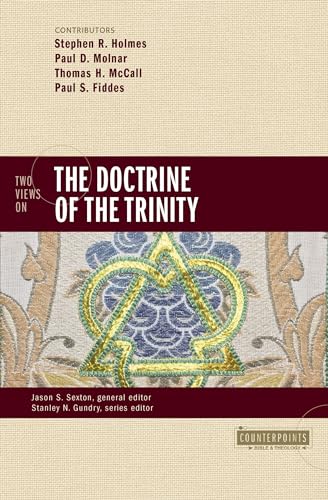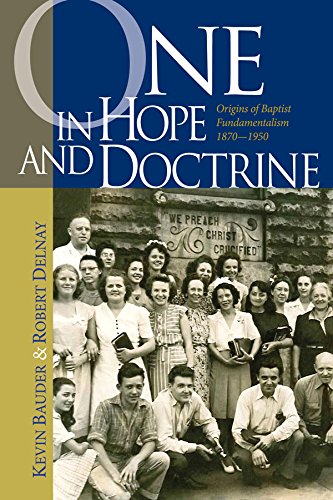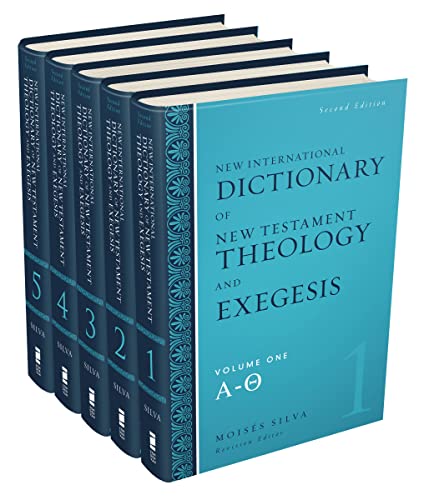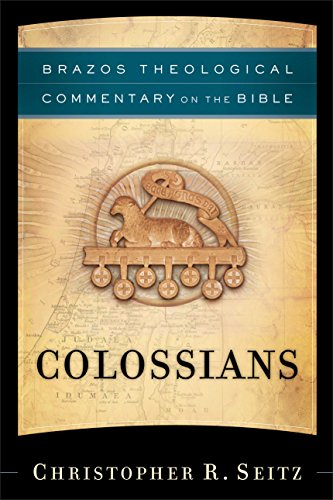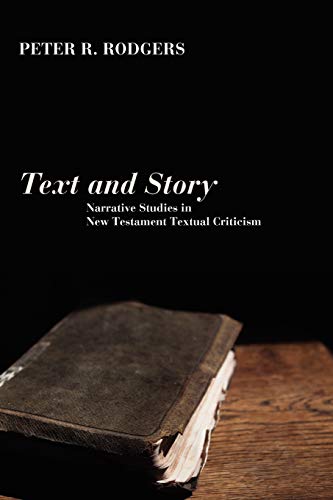Imitating God in Christ: Recapturing a Biblical Pattern
Written by Jason B. Hood Reviewed By C. D. (Jimmy) Agan IIIWhat is needed, who needs it, and why? These questions can help us pinpoint the core concerns of almost any book. When we ask them of Imitating God in Christ, author Jason Hood has ready answers: a “more robust and more biblical approach to imitation” is needed (p. 218), by the Christian church as whole, because “failure to attend to the imitation of [God and] of Jesus and the godly is catastrophic” (p. 190). If Hood is right—and his book makes a convincing case that he is—each of these answers deserves a closer look.
What, then, does Hood mean by a more biblical approach to imitation? Defining imitation in terms of “aligning character, belief, mindset or action with a pattern or template so that the copy reflects the original” (p. 210), Hood argues that this theme runs throughout Scripture, permeating God’s dealings with humanity. A proper emphasis on imitation begins not with church tradition or even the NT, but “with the God who created image-bearers to be like him” (p. 194). From this starting point, Scripture develops the imitation motif along several lines: it depicts God as the “original,” with humans as the “copies” meant to reflect his character; it portrays Jesus Christ as the only “copy” who faithfully mirrors the image of God; it calls believers to imitate Christ; and it calls believers to imitate more mature believers, as when Paul writes, “Be imitators of me, as I am of Christ” (1 Cor. 11:1; Hood also emphasizes 1 Cor. 4:17). The structure of Hood’s book helps us to recapture both the broad sweep of this biblical theme and its nuances, as he devotes four chapters to “Imitating God,” seven chapters to “Imitating Jesus,” and two chapters to “Imitating the Saints” (see also ch. 15, which briefly traces the development of the imitation theme through church history).
Hood’s vision for a robust theology and practice of imitation comes into sharper focus when he divides the contemporary church into three groups, each with its own tendencies to distort the biblical picture. The “latitudinal left” stresses Christlike care for the marginalized but detaches Jesus’s example from its biblical and doctrinal moorings. Hood reminds us, by contrast, that only orthodox convictions regarding Christ and his work can form a solid foundation for “sacrificial Christian love” (p. 184). In the “muddled middle” of evangelicalism, “WWJD-oriented kitsch and emphasis on practical application can eclipse redemption,” so that imitation “dies the death of a thousand trivializations” (p. 185). Here again Hood issues a clear challenge: “Without gospel motivation—a steady diet of God’s work for us rather than our work for him—imitation is an exercise in bankruptcy” (p. 185). On the “reluctant right,” representing the Reformed tradition, imitation is buried beneath caveats intended to protect against legalism and works-righteousness. Hood, who certainly appreciates such caveats, also believes that they can be overemphasized: “We have been given the Holy Spirit so that we will properly respond to calls to imitate, not that we will regard such teaching as secondary or unnecessary” (p. 188).
What, though, is at stake in all this? Why is it so urgent that we recover imitation from various forms of neglect and distortion? First, imitation makes great demands in terms of holiness, self-sacrificial love, and endurance of suffering—concepts that are at the heart of image-bearing and of therefore of discipleship. A “cautious sermon on imitation every few years or an occasional reference to being like Jesus” will not prepare us for such demands (p. 217). Only regular, careful reflection on imitation, in the context of its biblical framework, will achieve it.
Second, faithful imitation can do a great deal to curb harmful, even heretical, distortions. People will imitate God, Christ, and other godly Christians; the only question is whether they will do it wisely or foolishly. As Hood so powerfully puts it, “The imitation of God, Jesus and the saints is . . . dangerous. But faithful interpreters do not shrink from dangerous ideas. They put them to work with care and craft” (p. 216).
Finally, imitation can help us to counteract what Hood sees as “arguably the greatest threat to Christian faithfulness” (p. 190) in the global church today—namely, the health-and-wealth gospel, and the consumerism of which it is an expression. According to Hood, Christian leaders across the centuries have dealt with similar challenges by focusing on the pattern laid down by the self-sacrificing, crucified Son of God. Only when “God’s love in Christ’s cross becomes both a standard and a motivation for action” (p. 214) can we resist the merging of the gospel message with the idol of material comfort.
Hood supports his answers to our three key questions with clear biblical argumentation, and he provides a good balance between biblical-theological substance and practical application. The work could be improved at a few points. For example, chapter 6, on discipleship, could benefit from the integration of more material from the Gospels of Luke and John. And the suggestion that God imitates us (p. 87) needs more immediate clarification. However, only the assertion that “in God’s plan, humanity saves itself” (p. 57) stands out as inaccurate. In context, this sentence means that God’s saving plan involved the work of a perfect human, Jesus Christ; but since “humanity saving itself” is not self-evidently the best descriptor of action undertaken by God to save humanity, perhaps the point could be made in a way that is less likely to distract readers. Yet such matters in no way detract from the value of Hood’s work, which persuasively argues that “informs our original design, our future destiny and our present duty” (p. 216). All of us need to hear this faithful call to recover a crucial, if often distorted, biblical truth.
C. D. (Jimmy) Agan III
C. D. (Jimmy) Agan III
Covenant Theological Seminary
St. Louis, Missouri, USA
Other Articles in this Issue
The account of Abraham's near-sacrifice of Isaac has been and will likely continue to be violently applied so long as the dominant misunderstanding of the text prevails...
In recent years, a growing cadre of younger historians has begun publishing significant books on the history of American evangelicalism...
Romans 4 remains a central text in the debate over the New Perspective on Paul...
Within the intra-Reformed debate over baptism, covenant theology is a crucial aspect in determining one's position...
‘Fathers of Faith, My Fathers Now!’: On Abraham, Covenant, and the Theology of Paedobaptism
by David GibsonThe figure of Abraham creates a covenantal framework for biblical theology that allows baptism to be considered in relation to the Bible's developing story line...



